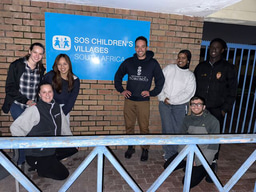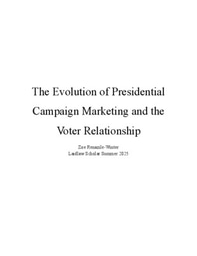When discussing New York planning history, it is impossible not to discuss the two giants Jane Jacobs and Robert Moses as being locked in a physical battle. This has not always been the case, however. Rather, Jacobs was a standard bearer for New Urbanists chosen after the fact. Such a choice silences some voices, however. By choosing to exclusively highlight Jacobs’ defense of the overwhelmingly white Greenwich Village, activists of color are silenced. Instead of focusing on activists who advocated for community projects such as schools and hospitals, and who campaigned against slum clearance or “Negro removal” in the Bronx and across New York City, we focus instead on a story that community resilience would only be possible in this white neighborhood, and instead only focus on the decline of minority communities. This was not an oversight, but rather a consequence of the stories we tell of Moses. While his projects did contribute to the decline of the city, the narrative around Moses’ projects was shifted to one where he was responsible for completely annihilating it. It would be in this total ruin of a city that Jacobs’ voice could be the loudest, and her books be the most prophetic: if any neighborhood were to retain a “sidewalk ballet” even after his projects, her message would be undercut. In this way, any neighborhood resilience in the Bronx and across New York would be underplayed, with a discussion of urban blight as a consequence of Moses being told instead.
To investigate this period, I draw on archival sources both of activists within the Bronx and new urbanists to complete this project. I draw on the archives of specific activists in the Bronx, including Evelina Lopez Antonetty, the founder of United Bronx Parents. I will use newspapers, magazines, and newsletters of the “brownstoners,” a proto-yuppie gentrifying movement, to trace the factors that led to the cannonization of Jane, and if they were aware of the actions taken by activists of color. In such a project, I hope to intervene in a history that has traditionally erased these activists of color by broadcasting their voices in this conversation of urban planning and activism.





Please sign in
If you are a registered user on Laidlaw Scholars Network, please sign in